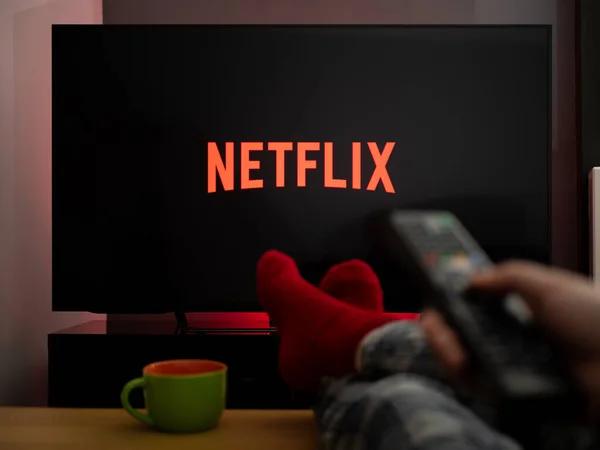In today’s digital age, remote work has become a common practice for many businesses. This shift has brought with it the challenge of monitoring remote employee performance without resorting to micromanagement. It’s essential to strike a balance between ensuring productivity and avoiding unnecessary interference in your employees’ work.
Firstly, setting clear expectations is critical when managing remote teams. These should encompass not only the tasks that need to be completed but also the quality standards and timeframes involved. By clearly defining these elements from the outset, you provide your team with a roadmap they can follow independently.
Communication is another crucial aspect of monitoring performance remotely. Regular check-ins can help keep everyone on track without feeling overly intrusive. This could take the form of weekly team meetings or one-on-one sessions where progress is discussed, obstacles are identified, and solutions are sought collaboratively.
The use of project management tools can also prove invaluable in tracking remote employee performance effectively yet unobtrusively. Platforms such as Asana or Trello allow managers to visualize task progression and completion rates at a glance while enabling employees to manage their workload autonomously.
Furthermore, encouraging autonomy among your team members can lead to increased productivity levels. When employees feel trusted and empowered in their roles, they’re more likely to take ownership of their tasks and produce high-quality results consistently.
Another effective way to monitor performance is through Key Performance Indicators (KPIs). By establishing measurable goals relevant to each role within your team, you create an objective framework for assessing individual contributions towards overall business objectives.
Lastly but importantly, fostering an open feedback culture within your organization will enable you both identify areas for improvement and acknowledge exceptional performances regularly — all this while promoting transparency and trust among your team members.
Monitoring remote employee performance doesn’t have to mean micromanaging every aspect of their workday; instead it involves providing them with the resources they need – including clear expectations, effective communication channels, useful tools, and a supportive work culture – to perform at their best. Ultimately, the goal is to create an environment where employees feel motivated and empowered to contribute positively towards your organization’s success.

